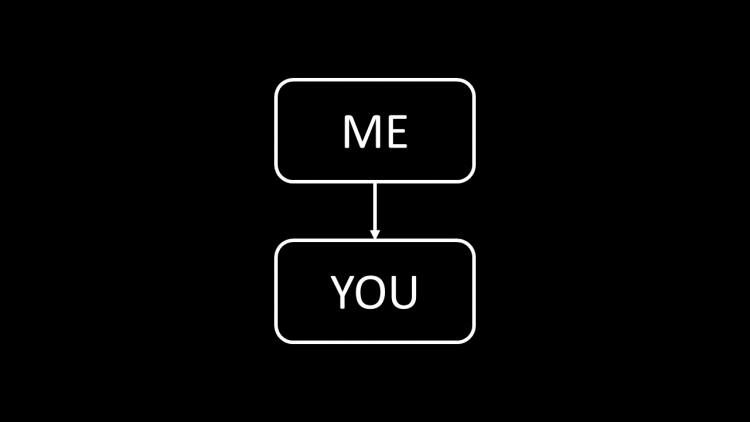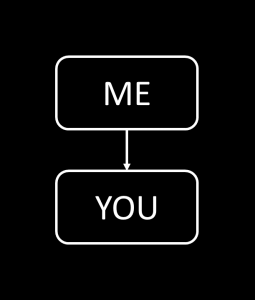I spoke on this topic 11/30/2017 at Disrupt HR Atlanta 4.0. This post is an expansion of that speech.
Human resources should report to marketing. Why? Because HR and marketing are doing the same job. Share on XHuman resources should report to marketing.
Why? Because HR and marketing are doing the same job.
While historically marketing has been defined the four P’s, it’s possible to define marketing as the skills required to attract prospects, convert them to customers, retain customers, create a positive customer experience, and manage the brand.
It’s also possible to define the human resource function as the skills required to attract prospects, hire them, retain talent, create positive employee relations, and manage compliance.
The common factor is that talent is a customer segment. The activities used to manage that segment are the same as if they were a traditional customer.
Consider the pipeline. At the top of the funnel, we’re using brand equity and reach to attract qualified prospects. We then segment those prospects to determine how we’re going to interact with them.
In the center of that funnel, we’re providing content driven by their interests, activities, and opinions. We’re asking questions like:
- Are they interested in the types of positions we have to offer?
- Are they interested in what we’re selling in the market?
- Are they actively seeking employment? (Active candidates)
- Do they have a job, but might entertain a change for the right offer? (Passive candidates)
- Are they actively seeking a solution to a business problem?
- Do they have a business problem, but aren’t aware that it’s soluble?
- Do they have a high enough opinion of our organization to start a relationship?
At the bottom of the funnel, we provide content to close the deal – pricing, compensation, benefits, features. We’re assisting the person who is trying to close the deal with content – whether the salesperson or the hiring manager.
Once we’ve converted these folks, we need to retain them, because it’s always cheaper to retain a customer or employee than to get a new one. We’re also trying to create lifetime value. Customer lifetime value is created by incremental sales to an existing customer over the life of the relationship. Employee lifetime value is created through experience. The employee becomes better at their job over time, and thereby more productive. Eventually, that employee may get a promotion into a higher-value job, allowing them to be replaced at a lower level, which is less expensive.
If talent is a customer segment, then employee relations is customer experience. Both have the same goal – to maximize the perceived value of the relationship to create:
- Retention
- Lifetime value
- Referrals
- Testimonials and reviews
The analogs across the attract, hire, retain and customer experience functions are inarguable. But what about compliance? When HR talks about compliance, they’re talking about policy. Policy is driven by the values of the organization.
Thus the analog. The four elements of a brand are:
- Brand icons – the sensory representations of a brand.
- Brand personality – the voice in which the brand speaks.
- Brand statement – the message to which the brand adheres under all circumstances.
- Brand values – the values of the organization from which all the above are derived.
Marketing drives brand adherence. Adhering to a brand derives from complying with the values of the brand. Compliance to policy is value adherence, which is brand adherence.
Across all functions – attract, convert, retain, experience, and comply – human resources and marketing are doing the same job. Human resources is just doing it for a specialized customer segment. That’s why HR should report to marketing.

